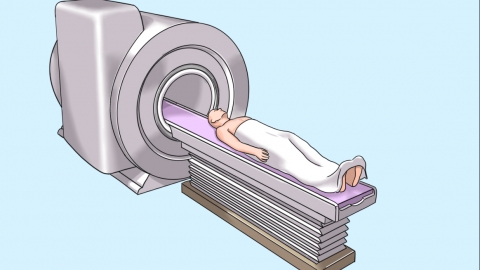What diseases can be detected by MRI (Magnetic Resonance Imaging)?
Generally, MRI (Magnetic Resonance Imaging) can detect conditions such as cerebral infarction, cerebral hemorrhage, pancreatitis, meniscus injury, and coronary atherosclerotic heart disease. Detailed analysis is as follows:

1. Cerebral Infarction
MRI is highly sensitive in diagnosing cerebral infarction, especially in the early stages. MRI clearly visualizes the infarcted area of the brain, helping physicians assess the condition and formulate treatment plans.
2. Cerebral Hemorrhage
Cerebral hemorrhages at different stages exhibit distinct signal characteristics on MRI. MRI can accurately determine the location, extent, and severity of cerebral hemorrhage, providing critical information for treatment decisions.
3. Pancreatitis
MRI allows multiplanar and multiparametric imaging, clearly showing the morphology, size, signal changes of the pancreas, as well as peripancreatic exudation, thus guiding treatment planning.
4. Meniscus Injury
MRI can clearly visualize the morphology and signal changes of the meniscus, enabling accurate identification of the location, type, and severity of the injury.
5. Coronary Atherosclerotic Heart Disease
MRI can visualize stenosis and occlusion of the coronary arteries and can also serve as a complementary method to evaluate myocardial perfusion and myocardial viability, providing evidence for diagnosis and treatment.
Prior to undergoing MRI, patients should inform their physician about their medical condition and whether they have any metallic implants to ensure the accuracy and safety of the examination.







